
Robert Ross
CEO, FireHydrant
Robert believes that better incident management is integral to a world where all software is reliable. He founded FireHydrant in 2018 as the tool he wished he’d had when managing incidents on call at companies like Namely and DigitalOcean.

Signals Is Lighting Up the Future of On-Call: Eight (Yes, 8!) New Features Just Released
By Robert Ross

The Price Engineering of Signals
By Robert Ross

The New Retrospective Experience Is Now Available to All 🎉
By Robert Ross
The Hidden Value of Declaring Lower Severity Incidents
By Robert Ross
Hot Take: Don't provide incident resolution estimates
By Robert Ross
Press Release: FireHydrant Acquires Blameless to Further Solidify Enterprise Market Leadership
By Robert Ross

Semantic search with Ruby on Rails
By Robert Ross

BYO Payload: Custom event sources for Signals have landed
By Robert Ross
Beyond the Headlines: The Unsung Art of Software Outage Management
By Robert Ross

FireHydrant is now AI-powered for faster, smarter incidents
By Robert Ross

3 Questions to Ask When Choosing DevOps Automation Tools
By Robert Ross

Finally: alerting and on-call scheduling for how you actually work
By Robert Ross

The alert fatigue dilemma: A call for change in how we manage on-call
By Robert Ross

Now in beta: alerting for modern DevOps teams
By Robert Ross

Captain's Log: Diving into our scheduling design
By Robert Ross

Captain's Log: How we are leveraging CEL for Signals
By Robert Ross

Captain's Log: A first look at our architecture for Signals
By Robert Ross

The new principles of incident alerting: it's time to evolve
By Robert Ross

More than downtime: the cultural drain caused by poor incident management
By Robert Ross

More than downtime: the opportunity costs of poor incident management
By Robert Ross

More than downtime: the explicit costs of poor incident management
By Robert Ross

Exploring distributed vs centralized incident command models
By Robert Ross

210% ROI: unlocking the economic value of FireHydrant for incident management
By Robert Ross

The “people problem” of incident management
By Robert Ross

Assembly time is where you have the most control of an incident
By Robert Ross

How FireHydrant handled the SVB banking crisis
By Robert Ross

The hidden costs of poor incident management
By Robert Ross

A better way: 3 incident response areas prime for automation
By Robert Ross

You really like us: customer trust wins FireHydrant 3 G2 awards
By Robert Ross

Learn from 50,000 incidents with the first Incident Benchmark Report
By Robert Ross

Integrations on Rails: How we build and deploy integrations at FireHydrant
By Robert Ross

New reports stress the importance of strategic incident management practice
By Robert Ross

3 mistakes I’ve made at the beginning of an incident (and how not to make them)
By Robert Ross

Words matter: incident management versus incident response
By Robert Ross

3 ways to improve your incident management posture today
By Robert Ross

The not-so-obvious positive outcomes of great incident management
By Robert Ross

Understanding Service Level Objectives
By Robert Ross

Best practices for building an incident management plan and process
By Robert Ross

FireHydrant is now free for small teams
By Robert Ross

Incident severity vs priority: What’s the difference?
By Robert Ross

Avoid frostbite: Stop doing code freezes
By Robert Ross

Reliability is not an engineering metric
By Robert Ross
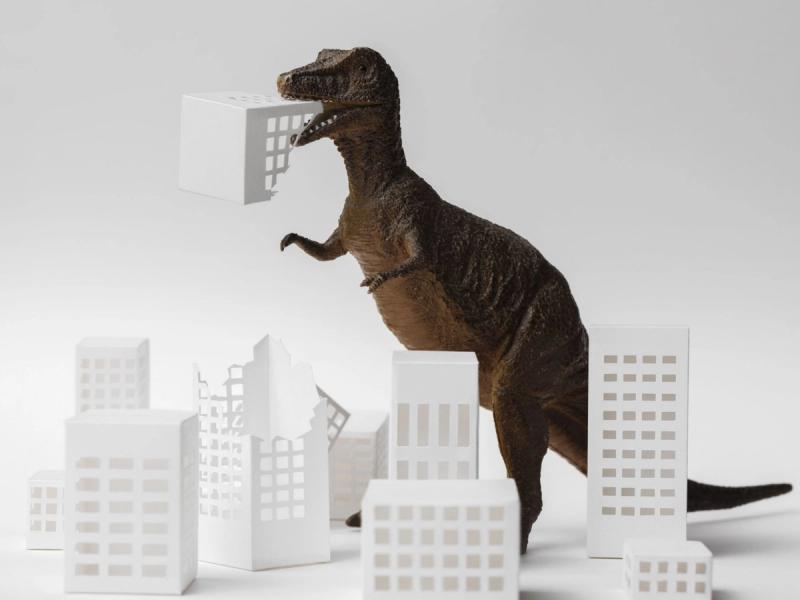
Chaos Engineering Your Incident Management Process
By Robert Ross

Getting Started with Site Reliability Engineering
By Robert Ross

We’ve raised a $23M Series B to help us get to a world where all software is reliable
By Robert Ross

Pragmatic Incident Response: 3 Lessons Learned from Failures
By Robert Ross
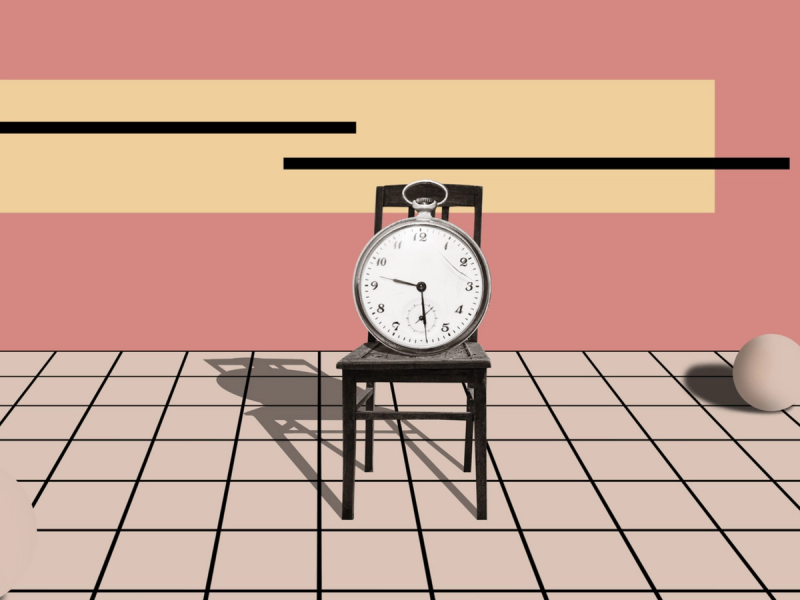
The MTTR that matters
By Robert Ross

Four things to consider when evaluating incident management platforms
By Robert Ross

Alert Fatigue and Your Health
By Robert Ross

It's Time We Throw Out the Usage of 'Postmortem'
By Robert Ross

New Feature: Incident Types
By Robert Ross

2021 is the Year of Reliability
By Robert Ross
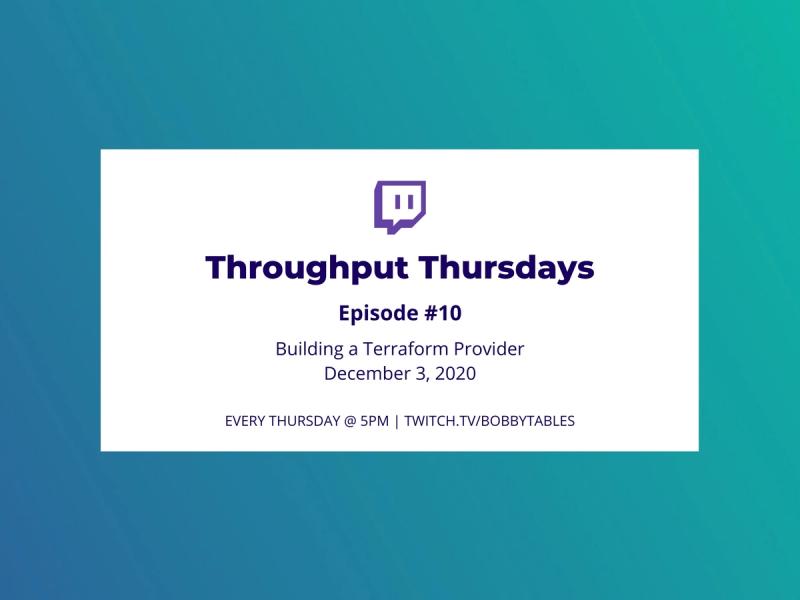
The Final Episode - Episode 10 of Throughput Thursdays
By Robert Ross

Configuring a Runbook - Episode 9 of Throughput Thursdays
By Robert Ross

Breaking down the interface - Episode 8 of Throughput Thursdays
By Robert Ross

More New Terraform Resources - Episode 7 of Throughput Thursdays
By Robert Ross

Creating a Data Source - Episode 6 of Throughput Thursdays
By Robert Ross
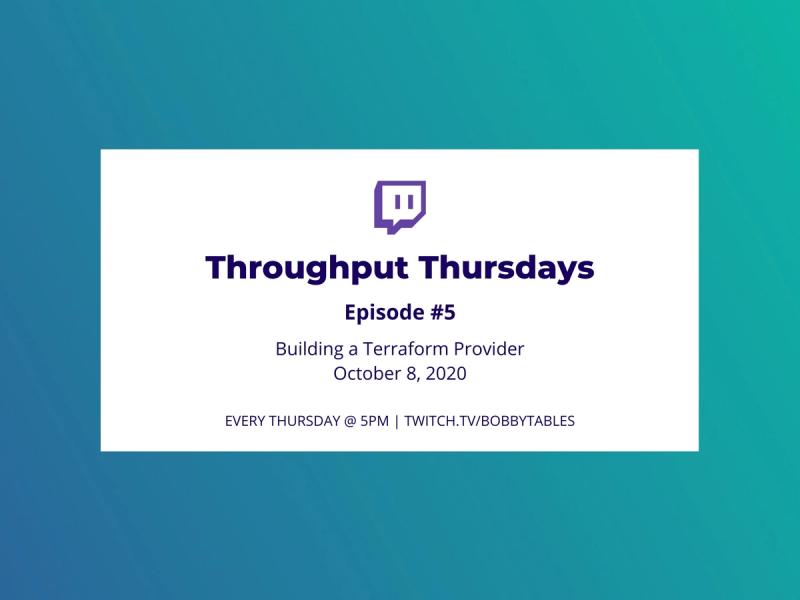
Testing Our Terraform Resources - Episode 5 of Throughput Thursdays
By Robert Ross

Adding Two Terraform Resources - Episode 4 of Throughput Thursdays
By Robert Ross
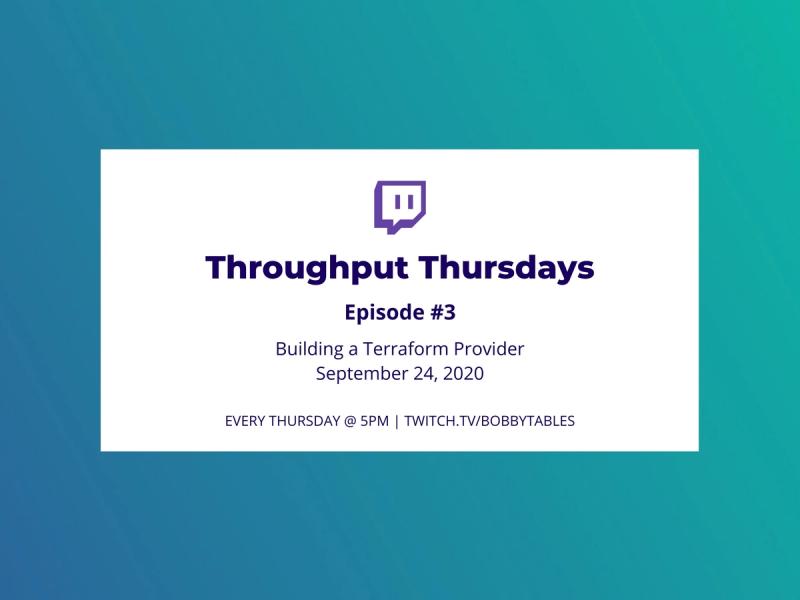
Fixing Some Code Sins - Episode 3 of Throughput Thursdays
By Robert Ross

Build Your API First
By Robert Ross

Live from Cape Cod - Episode 2 of Throughput Thursdays
By Robert Ross

We’re Building a Terraform Provider! - Episode 1 of Throughput Thursdays
By Robert Ross

July Product Updates: Status Pages, Incident Redesign, and more
By Robert Ross

The Culture of the Codebase
By Robert Ross

Announcing Our Series A
By Robert Ross

The Old Fashioned
By Robert Ross

Avoid Institutionalized Incident Nonsense
By Robert Ross

Announcing Runbooks
By Robert Ross

NFS with Docker on macOS Catalina
By Robert Ross

Open Source can be a Silver Bullet, but your Application Might be a Werewolf
By Robert Ross

Dynamic Kubernetes Informers
By Robert Ross

Announcing our Statuspage.io Integration
By Robert Ross

3 Defensive Programming Techniques for Rails
By Robert Ross
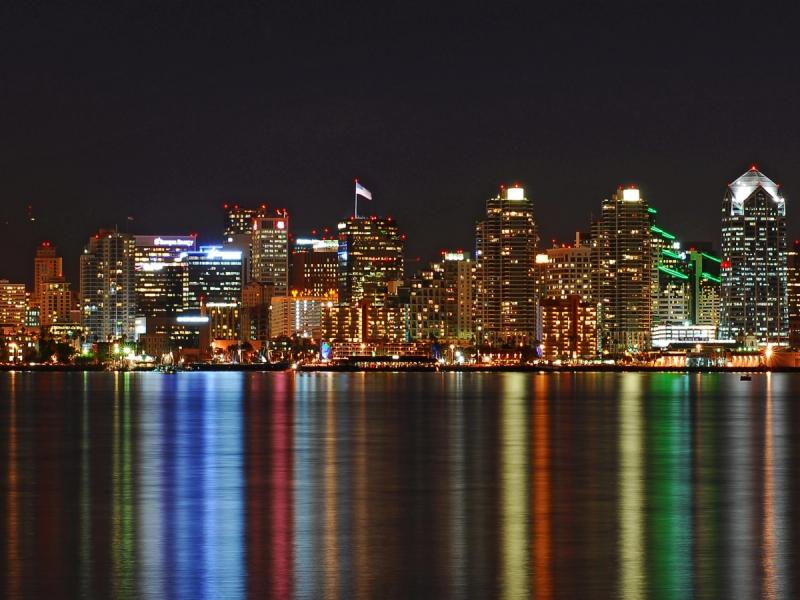
A Gophers Guide to San Diego
By Robert Ross

Product Updates: July 2019
By Robert Ross

Announcing Flare: Make Opening Incidents Stress Free
By Robert Ross

So You Want To Give A Tech Talk?
By Robert Ross
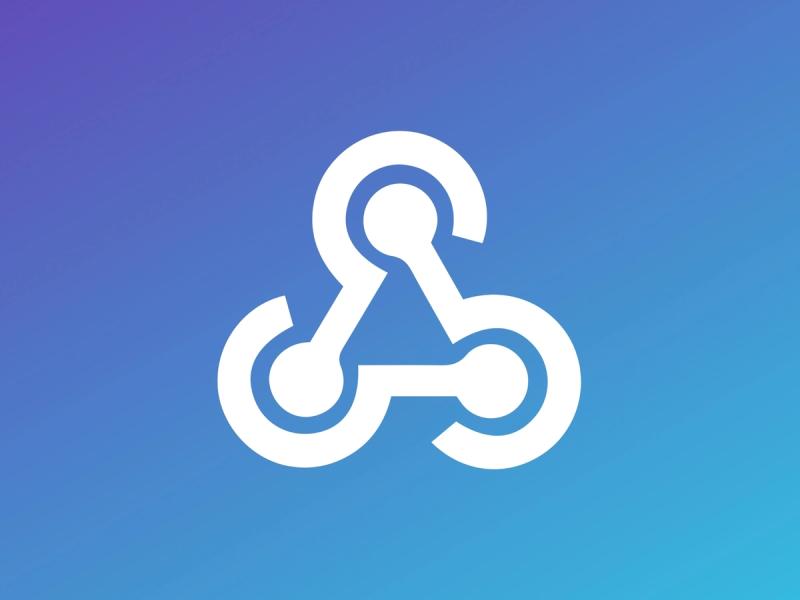
New Features: Webhooks + Saved Searches
By Robert Ross

Severity Matrix Updates
By Robert Ross

Rails without Webpacker
By Robert Ross

Instrumenting Ruby on Rails with Prometheus
By Robert Ross

Understanding Istio Ingress
By Robert Ross

Developing a Ruby on Rails app with Docker Compose
By Robert Ross

Stay Informed with Kubernetes Informers
By Robert Ross
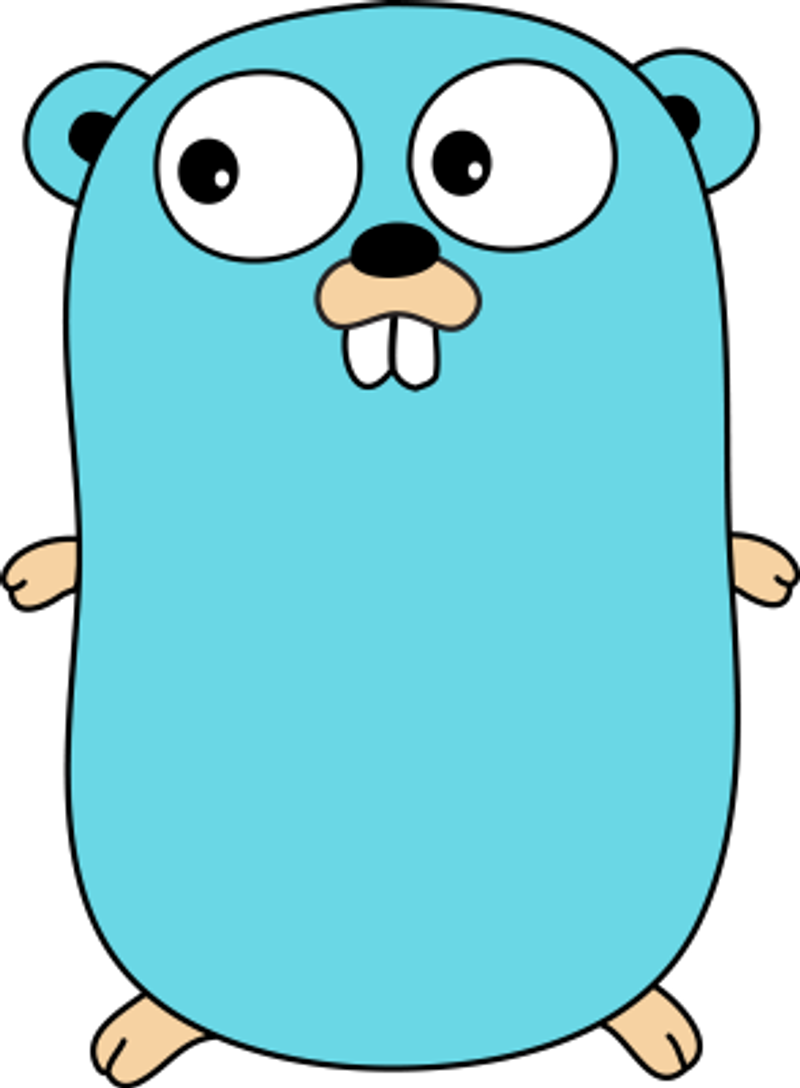
Develop a Go app with Docker Compose
By Robert Ross

Flexible Ruby on Rails Reader Objects
By Robert Ross

New Releases: SSO, Post Mortem Generator
By Robert Ross
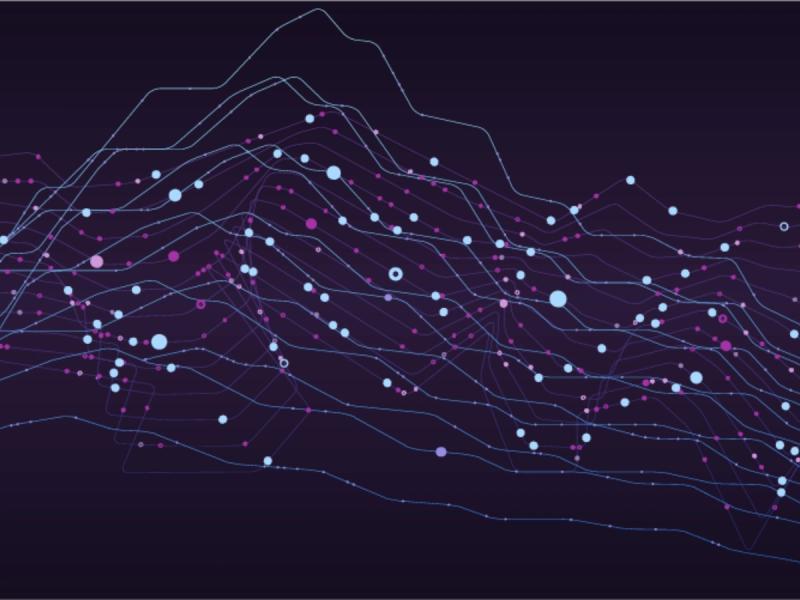
How FireHydrant Creates Data in Rails
By Robert Ross

New Feature: Incident Status Pages
By Robert Ross

Announcing FireHydrant, a Tool to Manage Incidents
By Robert Ross